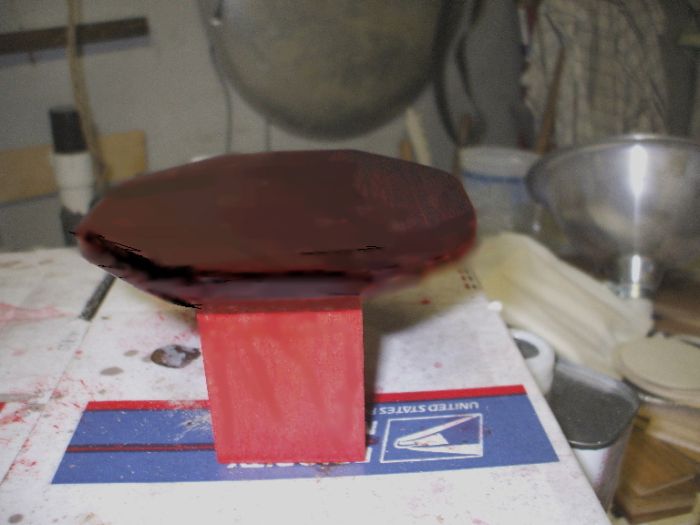Mixing Dyes from Primary Colors
With three primary colors, and perhaps a few off-the-shelf blends, you can prepare a full palette of wood dye hues — once you get the hang of it. August 25, 2008
Question
I'm trying to get into more wood dying, and I'm trying to find a good book or color chart for mixing colors to achieve some of the standard stain colors out there. I've tried web searches with no results. Does anyone have any suggestions? Also what are some good manufacturers and websites to purchase from?
Forum Responses
(Finishing Forum)
From contributor C:
Keystone dyes - you only need 3 dyes - blue red and yellow those are the primaries and from those you can get almost all colors needed. Don’t buy pre-packaged products - make your own and keep formulas and good track of how you apply them and on what woods. It should not take more than a couple hours for you to come up with colors you like.
From contributor L:
Contributor C - what of their products do you suggest? Keystone makes so much.
From contributor C:
The neresol dyes are the most versatile, they are what transients are made of, only much cheaper but you have to buy 1 gal of each. 1 gal = 128 ox - normal shop strength is 4 oz to 1 gal divided by 128 = 32 gall of shop strength dye. Many can be diluted much more or less. It works out to five dollars a gallon if you use them as water dyers.
From the original questioner:
Thanks for the heads up guys. Contributor C - where can I find Keystone Dies and do they have any chart or info to help me get an idea for mixing? Sorry, I'm an extreme newbie at dyes.
From contributor C:
Keystone will be at dyes.com. They have a color chart of their offered dye colors but no mixing charts. Browns are a mixture of blue, red, and yellow in different proportions (or green and red).That’s all you really have to know to get almost all the wood colors that others offer, newbie or not.
Although as you get used to mixing them you may want two or three of the same colors - red, blue and yellows to be able to achieve a full palette of colors. Some reds and blues or yellows have a hue all their own that will give you different end hues as a result of their use. Normally the three will surface just fine, only if you’re going to become a professional colorist is it necessary for the multiple amounts of the three primary's.
From contributor R:
Good advice from Contributor C. I also think it would be good to get the secondary colors and a black (orange, green, violet). It is almost impossible to mix black (in theory the three primary colors should do it but in the real world it doesn't work). Also I find that with most dyes if I try to mix green or orange I get a real dirty colored version. It is also a good idea to take a color theory class at a community college. You will learn everything you need to know about mixing colors there.
From contributor C:
Contributor R - point taken. That said - if you use a pure blue - one that is neither a green or red cast, and a red hue, one that is not an orange or purplish cast, and a yellow hue, one that is not green or reddish cast, you can make a true black, just like Keystone or others offer.
Also, there is no true black dye. You will always end up with a greenish,reddish, or bluish undertone because it is not a pure single component hue. Too many times people trying to make a black from the primary's use dyes with secondary hues, this does not hold true with pure hues. I do agree that as anyone continues to learn the secondary colors will become helpful for certain jobs at hand.
From the original questioner:
Contributor R that class is a brilliant idea that I never would have even thought of. Contributor C - thanks for the additional info. I look forward to experimenting.
From contributor J:
If you have an arts and crafts store near you, such as Michael's, you can pick up a color wheel there. It will show you what happens if you mix this color with that color.
From contributor R:
I would add white to your list. This will softens up your stain color. I seem to be getting a lot of those lately. Sherwin Williams has a water based wiping stain you can use.
